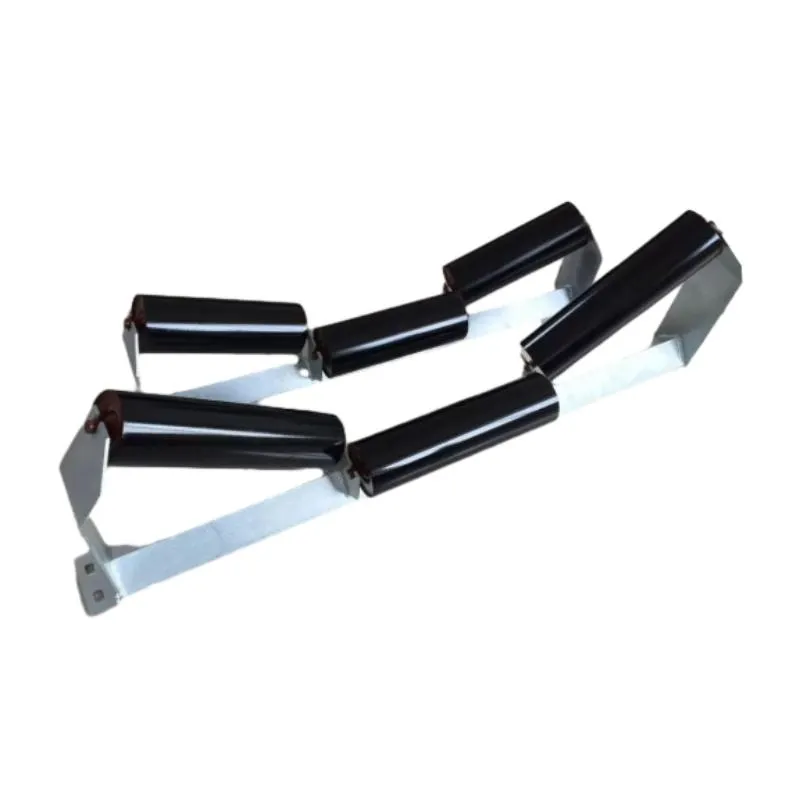 Afrikaans
Afrikaans  Albanian
Albanian  Amharic
Amharic  Arabic
Arabic  Armenian
Armenian  Azerbaijani
Azerbaijani  Basque
Basque  Belarusian
Belarusian  Bengali
Bengali  Bosnian
Bosnian  Bulgarian
Bulgarian  Catalan
Catalan  Cebuano
Cebuano  Corsican
Corsican  Croatian
Croatian  Czech
Czech  Danish
Danish  Dutch
Dutch  English
English  Esperanto
Esperanto  Estonian
Estonian  Finnish
Finnish  French
French  Frisian
Frisian  Galician
Galician  Georgian
Georgian  German
German  Greek
Greek  Gujarati
Gujarati  Haitian Creole
Haitian Creole  hausa
hausa  hawaiian
hawaiian  Hebrew
Hebrew  Hindi
Hindi  Miao
Miao  Hungarian
Hungarian  Icelandic
Icelandic  igbo
igbo  Indonesian
Indonesian  irish
irish  Italian
Italian  Japanese
Japanese  Javanese
Javanese  Kannada
Kannada  kazakh
kazakh  Khmer
Khmer  Rwandese
Rwandese  Korean
Korean  Kurdish
Kurdish  Kyrgyz
Kyrgyz  Lao
Lao  Latin
Latin  Latvian
Latvian  Lithuanian
Lithuanian  Luxembourgish
Luxembourgish  Macedonian
Macedonian  Malgashi
Malgashi  Malay
Malay  Malayalam
Malayalam  Maltese
Maltese  Maori
Maori  Marathi
Marathi  Mongolian
Mongolian  Myanmar
Myanmar  Nepali
Nepali  Norwegian
Norwegian  Norwegian
Norwegian  Occitan
Occitan  Pashto
Pashto  Persian
Persian  Polish
Polish  Portuguese
Portuguese  Punjabi
Punjabi  Romanian
Romanian  Russian
Russian  Samoan
Samoan  Scottish Gaelic
Scottish Gaelic  Serbian
Serbian  Sesotho
Sesotho  Shona
Shona  Sindhi
Sindhi  Sinhala
Sinhala  Slovak
Slovak  Slovenian
Slovenian  Somali
Somali  Spanish
Spanish  Sundanese
Sundanese  Swahili
Swahili  Swedish
Swedish  Tagalog
Tagalog  Tajik
Tajik  Tamil
Tamil  Tatar
Tatar  Telugu
Telugu  Thai
Thai  Turkish
Turkish  Turkmen
Turkmen  Ukrainian
Ukrainian  Urdu
Urdu  Uighur
Uighur  Uzbek
Uzbek  Vietnamese
Vietnamese  Welsh
Welsh  Bantu
Bantu  Yiddish
Yiddish  Yoruba
Yoruba  Zulu
Zulu V-Belt Tensioner Pulleys and Their Importance in Engine Performance
Understanding V-Belt Tensioner Pulleys
The V-belt tensioner pulley plays a crucial role in the functionality of many automotive systems. This component is designed to maintain the correct tension on the V-belt, which is essential for the efficient operation of various accessory drives connected to the engine. These accessories often include the alternator, power steering pump, water pump, and air conditioning compressor.
Functionality of V-Belt Tensioner Pulley
The primary function of the V-belt tensioner pulley is to adjust the tension of the V-belt automatically. When the engine starts, the V-belt spins around the driven pulleys, and with time, the belt can stretch or wear out, leading to decreased performance. A properly functioning tensioner pulley ensures that the belt remains tight enough to prevent slippage and maintain the necessary drive force.
Most tensioner systems feature a spring-loaded mechanism. This design allows the tensioner pulley to move and accommodate any changes in belt length due to wear or thermal expansion. By applying the correct amount of tension, the pulley prevents excessive wear on both the belt and the pulleys it interacts with, thereby prolonging the lifespan of the system.
Signs of a Faulty Tensioner Pulley
v belt tensioner pulley

It’s important for vehicle owners to be aware of the signs indicating a failing V-belt tensioner pulley. Common symptoms include a squealing noise coming from the engine bay, which may signal that the belt is loose or slipping. Other warning signs can include visible wear on the belt or a misaligned belt path. If the tensioner pulley is faulty, it may not maintain the necessary tension, potentially leading to belt failure and subsequent engine performance issues.
Maintenance and Replacement
Regular inspection and maintenance of the V-belt and its tensioner pulley are essential for optimal vehicle performance. During routine service checks, mechanics will often examine these components for signs of wear, damage, or misalignment. If a problem is identified, replacing the tensioner pulley is typically straightforward and can help prevent further complications.
When replacing a tensioner pulley, it's crucial to select a high-quality part that meets or exceeds OEM specifications. This ensures reliability and compatibility with the vehicle's systems. After installation, mechanics will usually check belt alignment and tension to ensure that everything functions as expected.
Conclusion
In conclusion, the V-belt tensioner pulley is an integral component of any automotive engine that uses a V-belt system. Maintaining proper tension is essential for the efficient operation of engine accessories and the overall performance of the vehicle. Regular inspections and timely replacements can help ensure that this small but critical part operates effectively, preventing unnecessary engine issues and extending the life of the vehicle's belt system.
-
Revolutionizing Conveyor Reliability with Advanced Rubber Lagging PulleysNewsJul.22,2025
-
Powering Precision and Durability with Expert Manufacturers of Conveyor ComponentsNewsJul.22,2025
-
Optimizing Conveyor Systems with Advanced Conveyor AccessoriesNewsJul.22,2025
-
Maximize Conveyor Efficiency with Quality Conveyor Idler PulleysNewsJul.22,2025
-
Future-Proof Your Conveyor System with High-Performance Polyurethane RollerNewsJul.22,2025
-
Driving Efficiency Forward with Quality Idlers and RollersNewsJul.22,2025





























